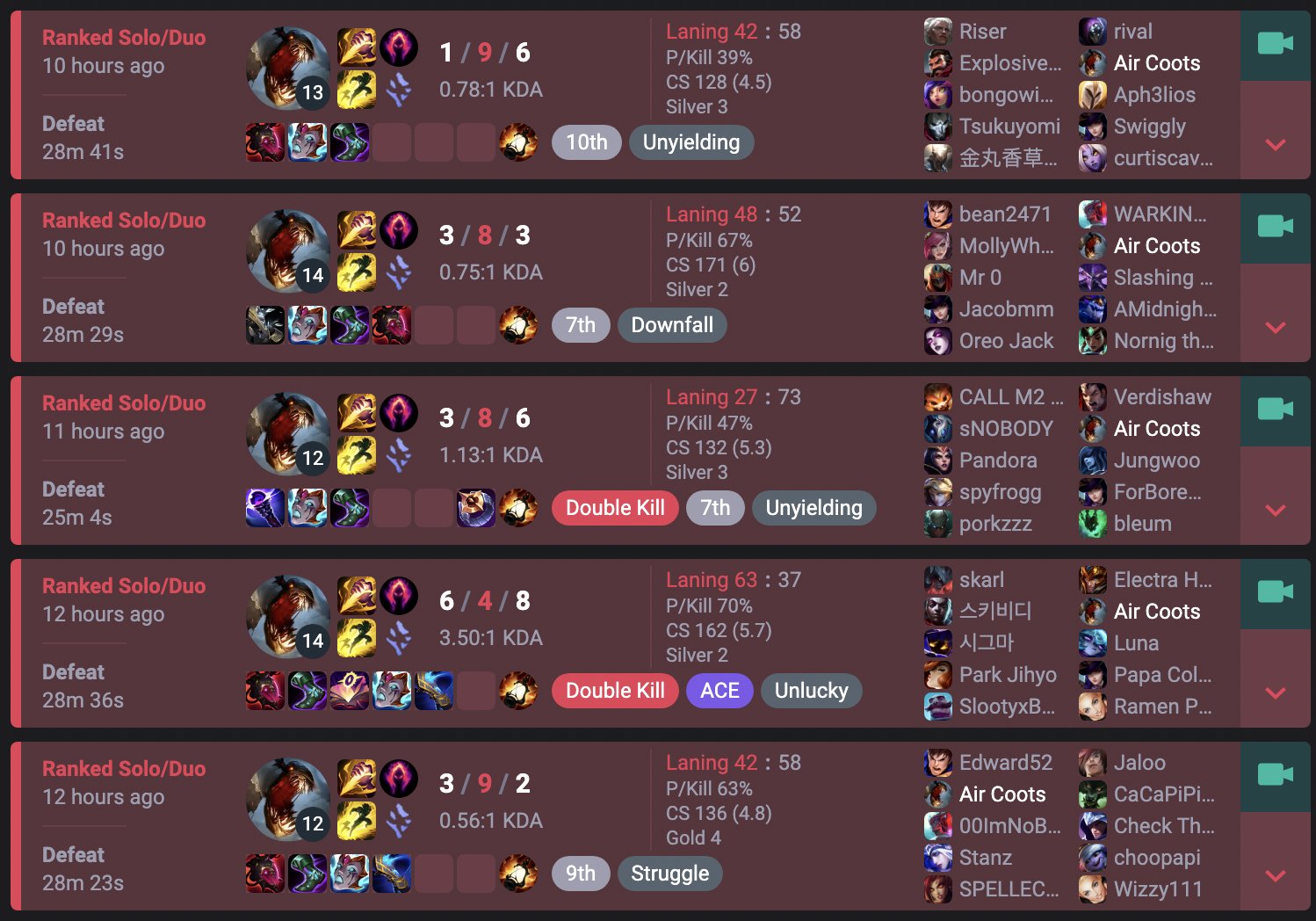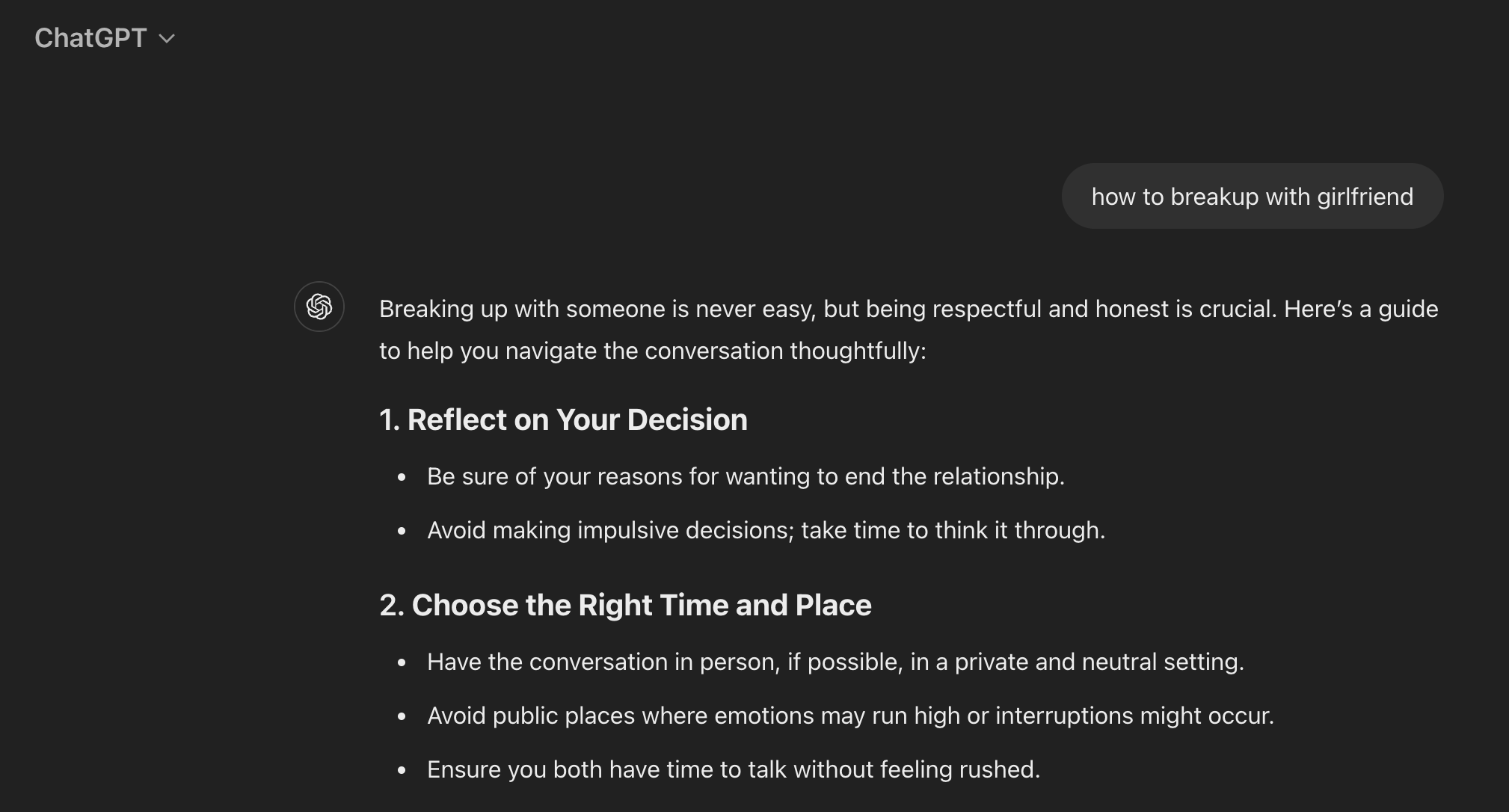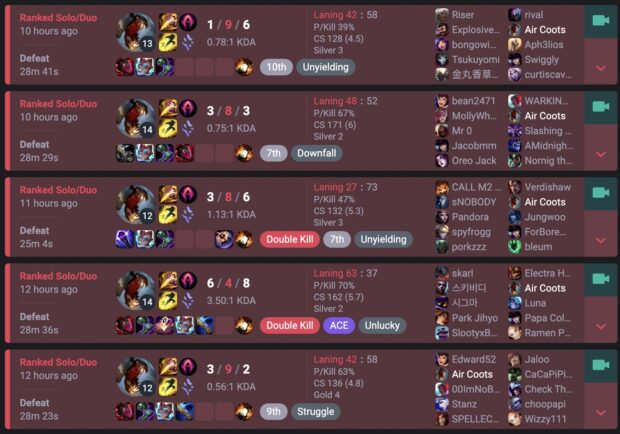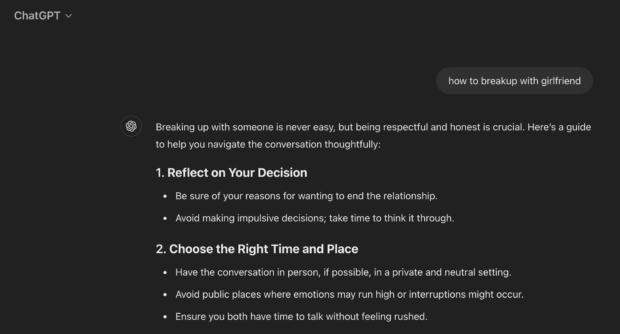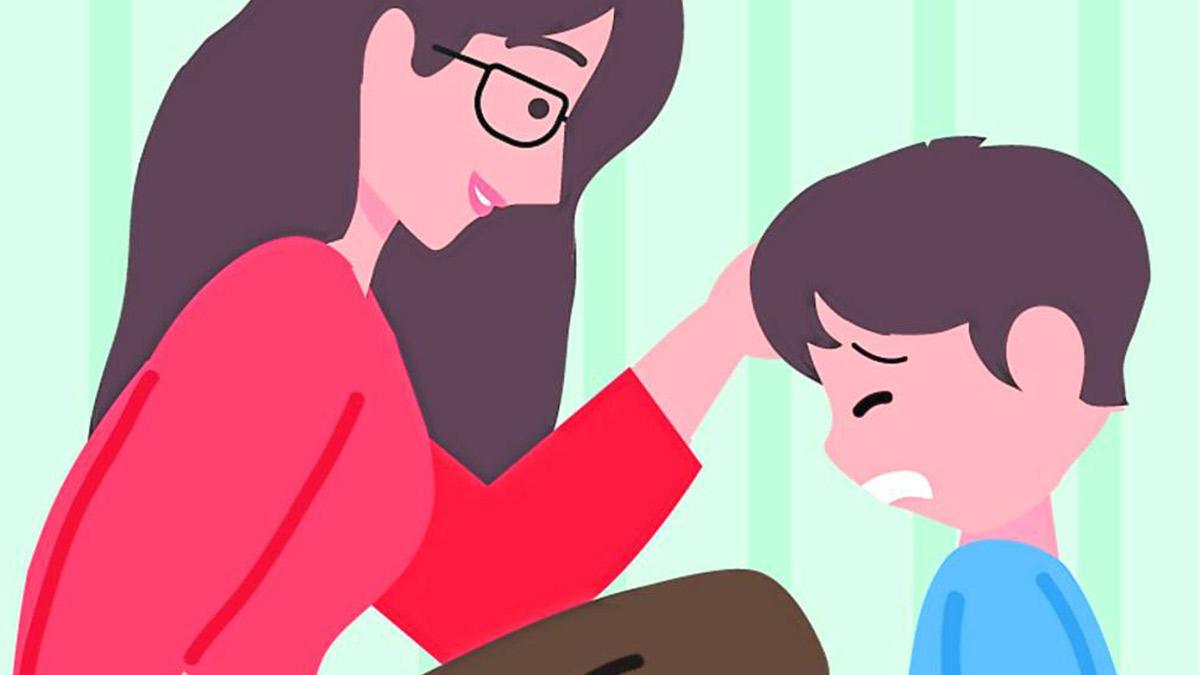I recently attended a talk on the digital age and its natives (i.e. children). The speaker raised interesting points— one of them was fake news, and how quickly people fall for it.
The reality of trolls and hired groups spreading false information online is too rampant to ignore. I sat up attentively, ready to hear the speaker unmask these villains. But, to my surprise, the culprits he pointed out were not the usual suspects.
Sure, you can count on certain groups to sow misinformation online through various social media platforms or fake websites. But an equally guilty partner in fanning the fires of misinformation is none other than us! We’re the unassuming, trigger-happy internet users clicking on every click-bait headline.
It would be fine if we stopped there. Unfortunately, based on a Facebook experiment, it appears too many of us have a penchant for sharing, even if we have not verified the information, and, in some cases, have not even properly read the article!
I hope I’m not falling for the traps I’m referring to in this article, but for the purpose of properly highlighting what I’m talking about, allow me to refer to the Facebook experiment
discussed in the talk. Supposedly, a group decided to see if people were actually carefully reading the random articles posted online before sharing them, and thus ensuring to some degree that the article had passed a reader’s critical mindframe and was deemed factual.
Gibberish
The group decided to start the article logically, but midway through the article, the paragraphs were replaced with gibberish. Clearly, if it had been read carefully, people would have immediately deleted it.
But the result was that a whopping 70 percent of the control group reposted the article. It meant that we have only to look in the mirror to see who is also at fault for the rise of fake news.
If an article, half of which is nonsense, can pass right under the average user’s nose, how much more one which appears to deal with current and relevant issues, but is nothing more than false propaganda, angled to highlight or destroy a specific group? Truly, a parent’s list of things to do is never finished as we now add one more item: teaching children to recognize fake news.
In today’s information age, everything is just a click away from being published and spread, which makes information both lifesaving and deadly.
Case in point is a post on the resurgence of polio was recently shared on a chat group. I was shocked to read the irresponsible claims of the chat group’s members on the efficacy of the polio vaccine. Worse, the comments made me shake my head in disbelief.
In this technologically advanced age, why would anyone discourage having the polio vaccine administered on their children? A doctor who was part of the chat group immediately refuted (not that anyone believed it) the claims, reminding us to check on the polio booster shots of our younger children.
While there’s fake news we can ignore, imagine the repercussions of the false claims on polio in the chat group.
Perhaps, in the future, somebody will invent the perfect program to sift through all online information and correctly discard the junk from the precious truth. But in the meantime, we may as well accept that fake news is not going away anytime soon. If we can’t stop others from spewing out fake news, then we, especially our children, may as well learn how to deal with it.
The internet has truly democratized information. No longer does a person have to read a 500-page book to know about a topic or an issue—a simple Google search will give a full report in five sentences. But it has also induced an allergy to proper reading—one that requires the discipline to concentrate, and trains the reader to recognize nuances and intricacies, both of which require additional critical thinking to process.
Return to reading
A return to reading is the first recommended step in teaching children the skill of critical thinking. Developing the skills for discerning and critical thinking, without becoming entirely cynical, also includes children being taught to ask questions and not to take things such as the number of likes, shares or retweets as a validation of authenticity.
It would also be wise to teach children to recognize facts from opinions. In the past, it was simply a matter of everyone having his or her own viewpoint. Nowadays, there is a belief that people are entitled to not just their own opinion, but even their own version of the truth, which is what they make their opinions appear to be.
Experts also suggest lateral reading or checking other sources while reading in order to investigate further. Teach your children to check other sources regardless of how official a source website may seem or sound. It also helps to scrutinize details such as grammatical errors, which is often a tell-tale sign of an unofficial report.
Giving children the tools to judge information and make their own wise decisions is our best bet in helping them to discern wisely, rather than simply consuming useless and false information. Perhaps helping their generation will put a stop to fake news for other generations to come.


